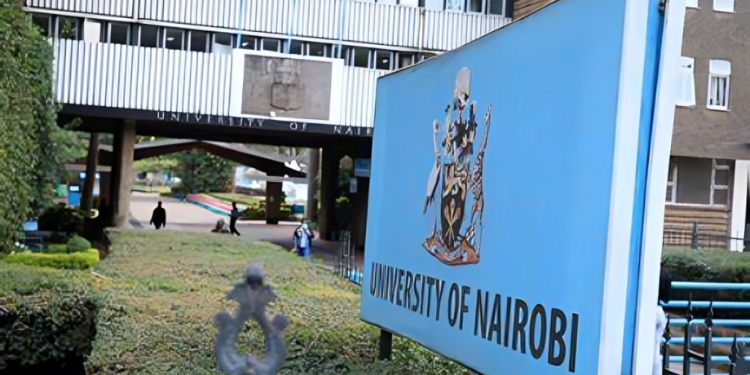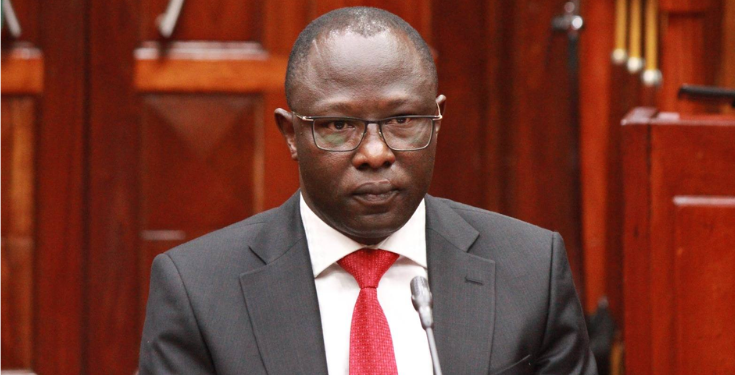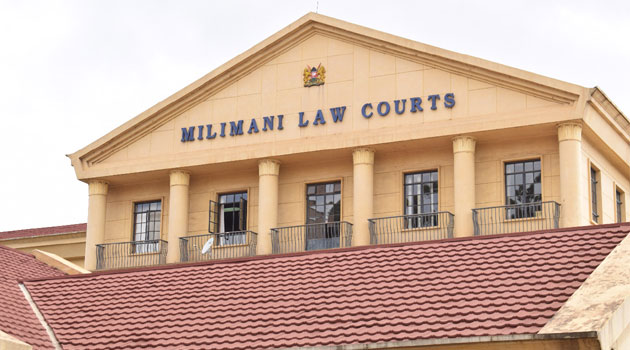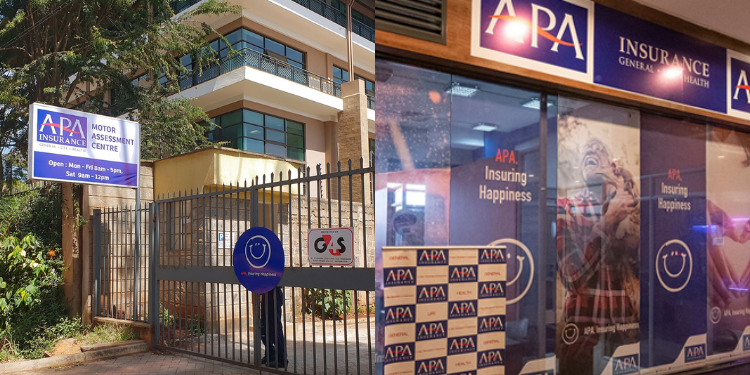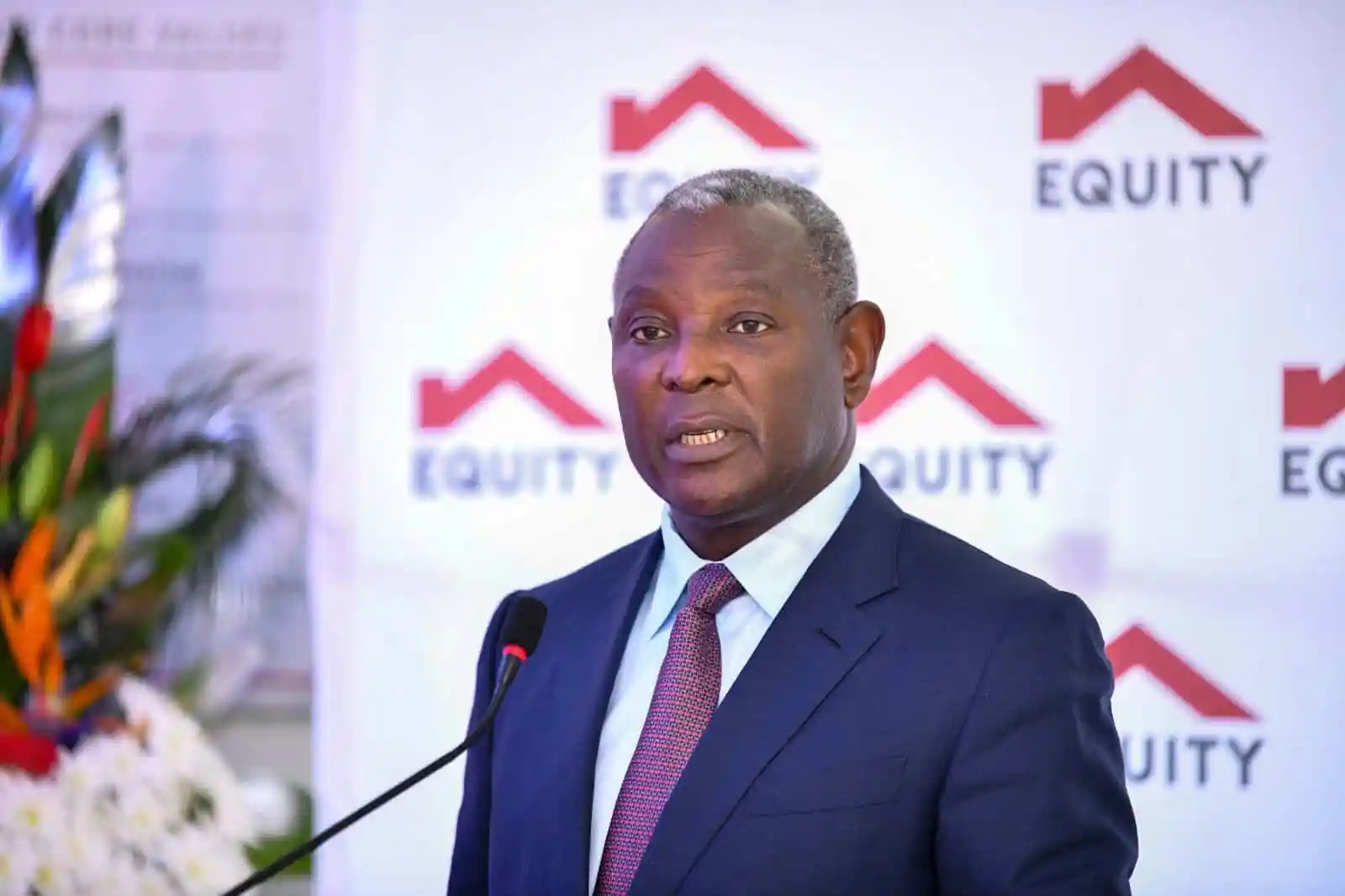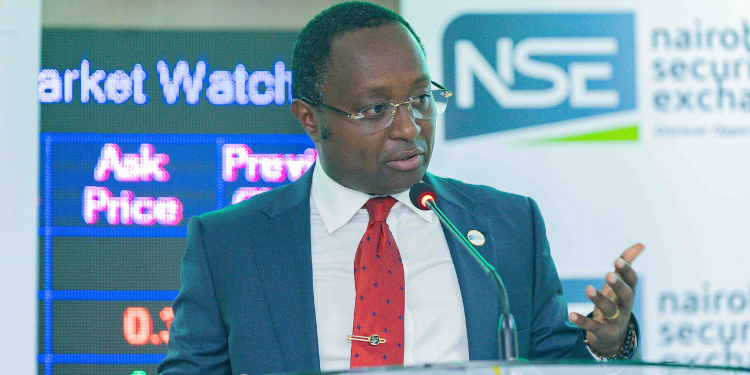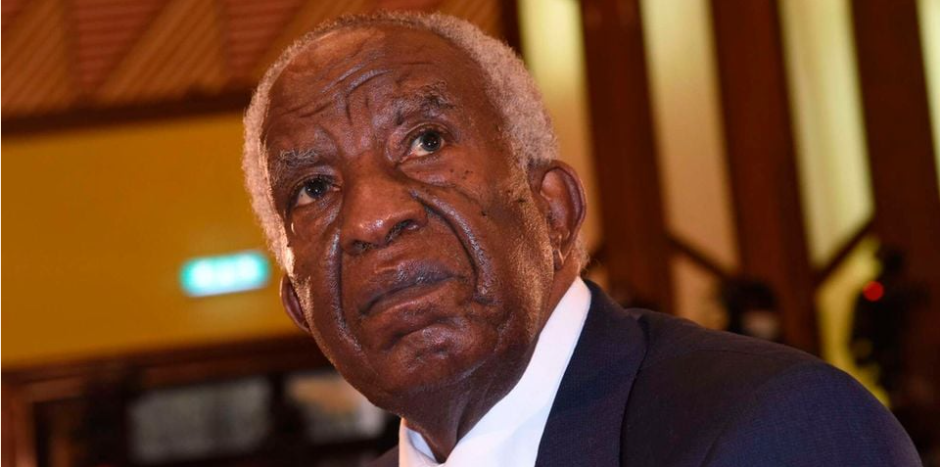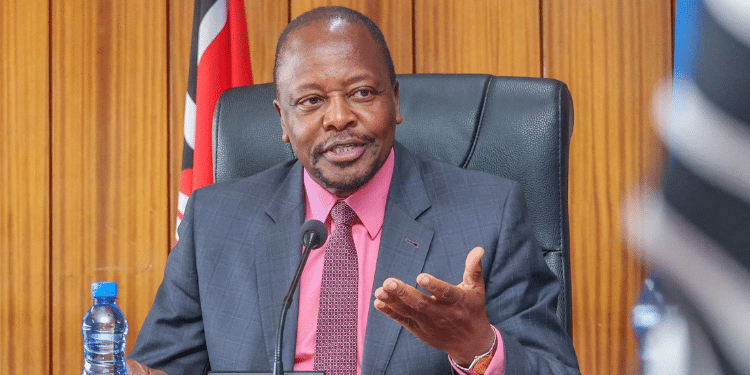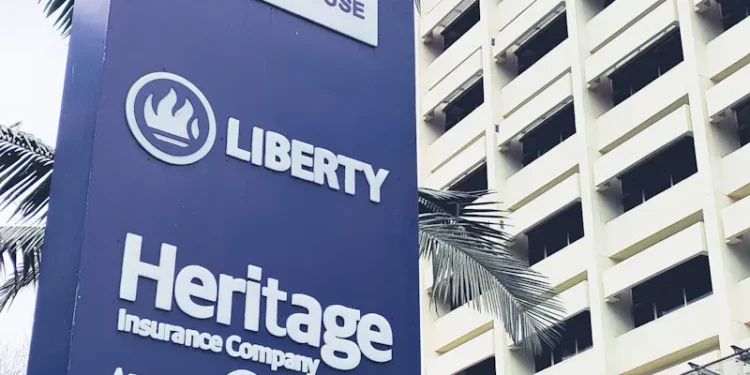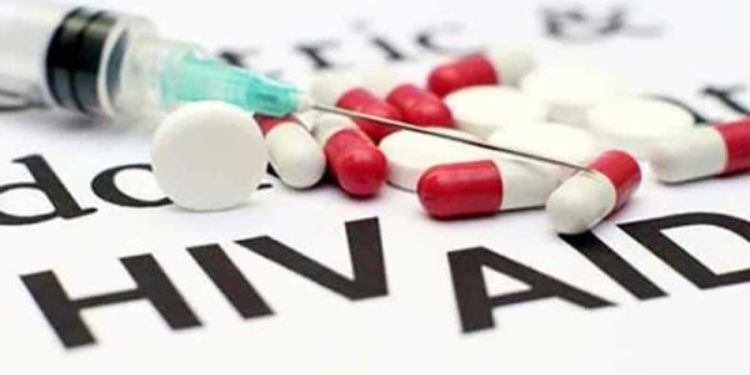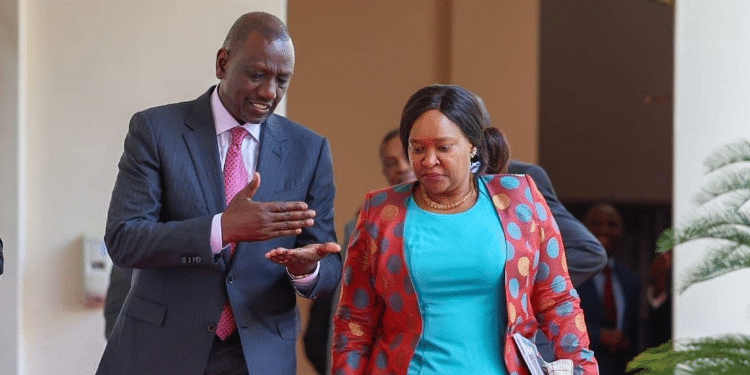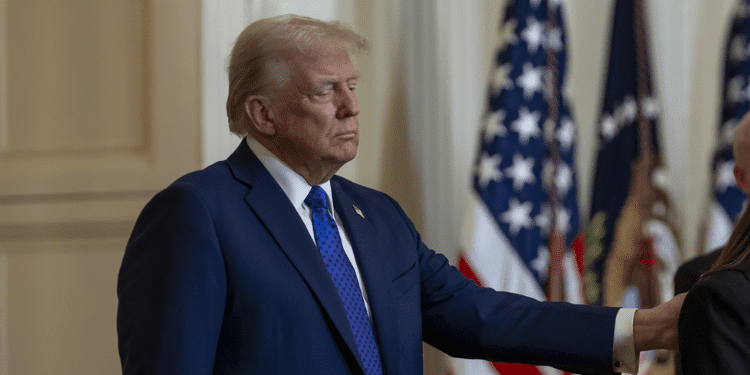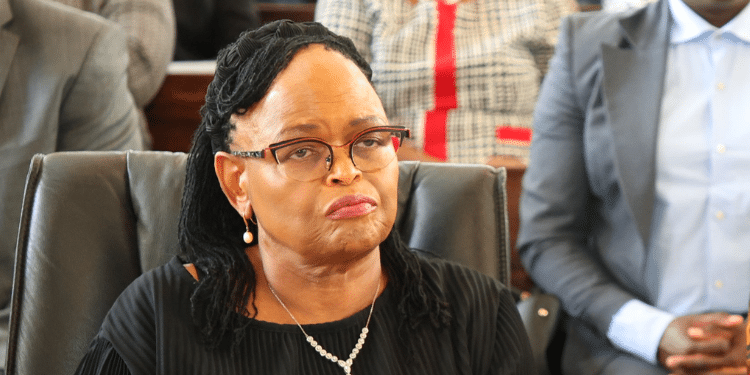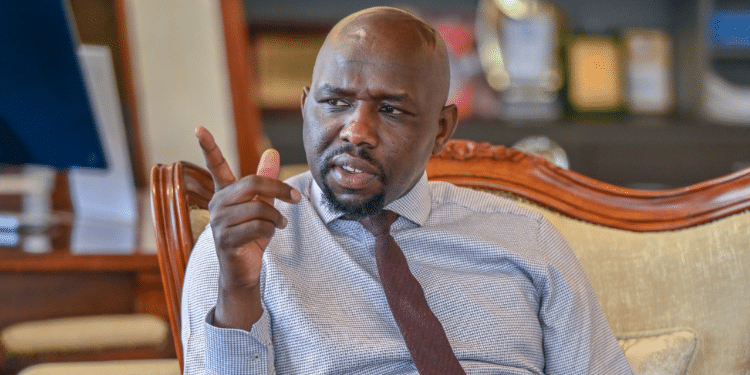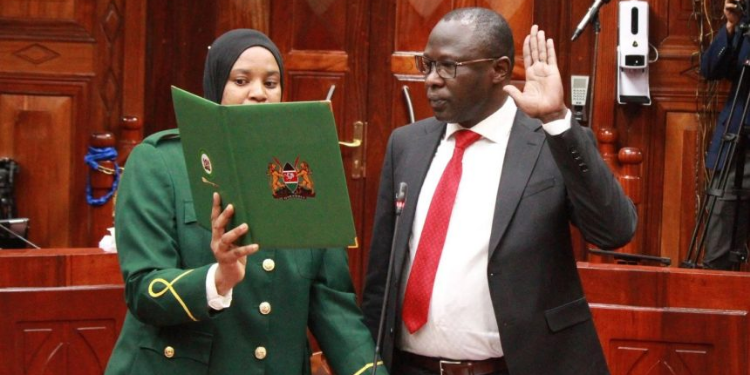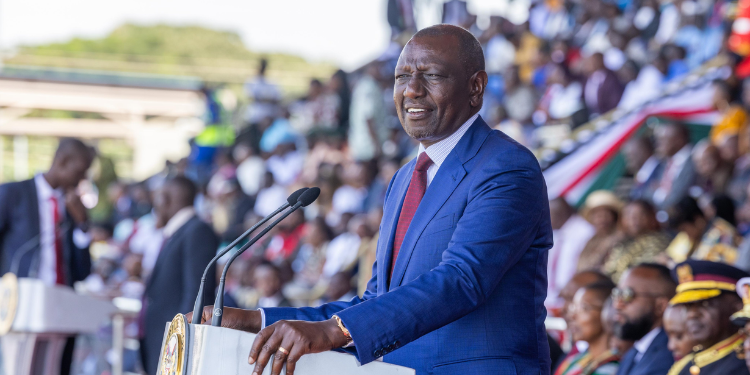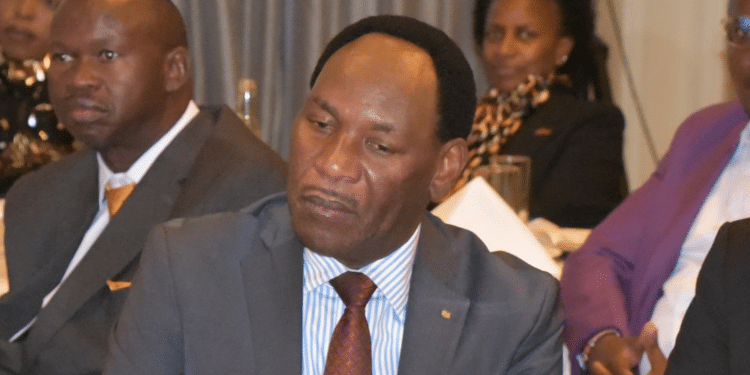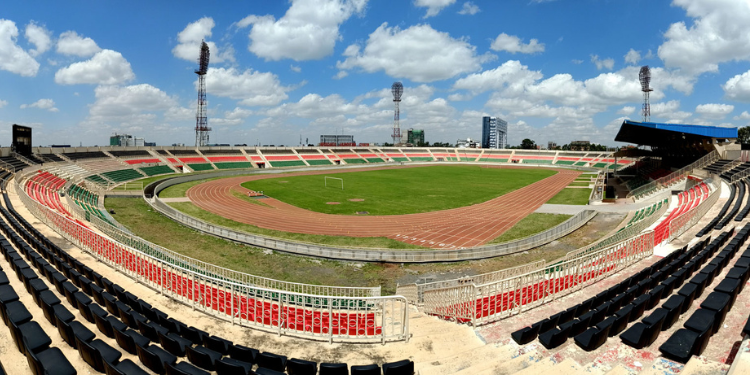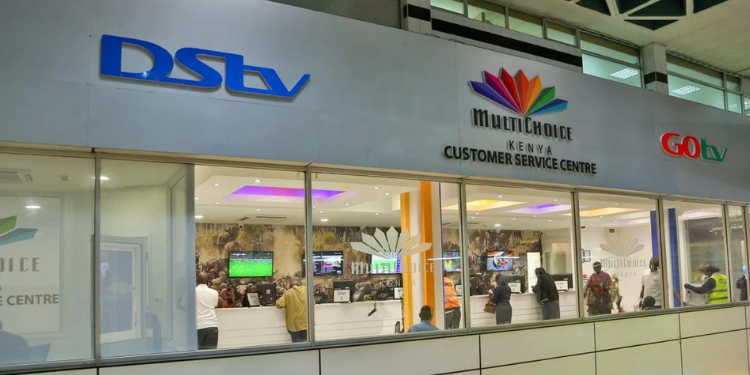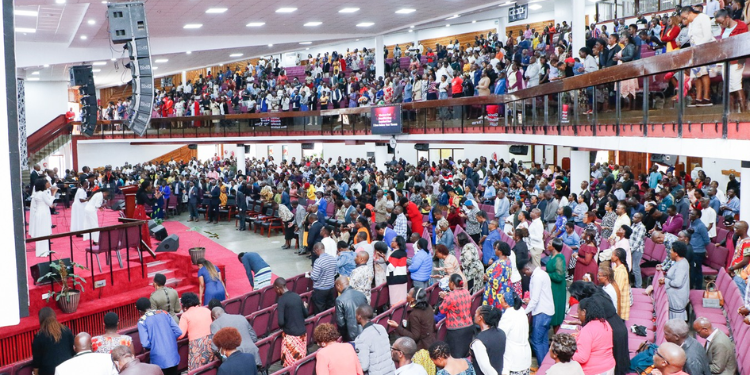Sovereign Ratings, Probability of Default and Time to Default: Investopedia defines sovereign credit rating as, ‘independent evaluation of a country’s creditworthiness which help investors assess risks associated with investing in its debt’. Standardized rating scales by Moody’s, Standard & Poor’s and Fitch range from different levels of investment grade and speculative grade (non-investment grade or junk including default). Short-term ratings cover periods of less than a year. Long-term ratings exceed one year. Rating outlooks range from positive, stable to negative. What’s more, rating currencies can be local or foreign. On the other hand, rating upgrade (downgrade) signifies higher(lower) issuer financial wellbeing, repayment headroom, and aggregate risk.
BNDES study on ‘Assessing Country Risk: a PD Model Based on Credit Ratings’ provides reference guidance. Triple A ratings (Aaa by Moody’s, AAA by S&P) have a five-year PD of 0.002 percent and median time to default of 27.29 years.
Very High ratings (Aa2 by Moody’s, AA by S&P) have a five-year PD of 0.61 percent and median time to default of 19.37 years.
High ratings (A2 by Moody’s, A by S&P) have a five-year PD of 1.52 percent and median time to default of 18.47 years.
Good ratings (Baa2 by Moody’s, BBB by S&P) have a five-year PD of 2.437 percent and median time to default of 15.08 years.
Also Read: International Firm Ranks Kenya’s Credit Rating at B- After Disputed Score
Speculative ratings (Ba2 by Moody’s, BB by S&P) have a five-year PD of 6.669 percent and median time to default of 7.75 years.
Highly Speculative ratings (B2 by Moody’s, B by S&P) have a five-year PD of 16.044 percent and median time to default of 7.97 years.
Very High-Risk ratings (Caa2 by Moody’s, CCC by S&P) have a five-year PD of 32.458 percent and median time to default of 0.41 years. Moody’s C rating and S&P SD/D (Selective Default/ Default) categorizes default.
Signals of Junk Ratings
High debt service-to-tax revenues indicate government financial strain when principal repayments and interest payments ‘crowd out’ social and development expenditures.
On the other hand, high debt service to exports means a huge chunk of export revenue goes to repaying debt ‘crowding out’ FX for essential imports, FCY dividend payments, social spending, CAPEX infrastructure and investment.
High imports to GDP indicate high imports bill which ‘crowd out” FX to repay FCY debt or profit repatriation. Low Central Bank FX reserves of less than 3 months of imports cover imply the country is vulnerable to external geopolitical shocks and is struggling to service FCY obligations. In addition,
Furthermore, high variance of exports signals FCY debt repayment risk. High double digit currency depreciation means the FCY debt when converted to LCY ballons total debt and the country’s debt to GDP ratios will breach sustainability thresholds while more LCY units are required to retire one unit of FCY debt.
High double digit fiscal deficit well above negative three percent of GDP threshold, high FCY debt to total debt ratio, high nominal PPG debt percentage of GDP above 60 percent and PV of debt above 55 percent anchors for medium debt carrying countries signals higher PDs.
Sudden rise in money supply and humongous Central Bank overdrafts to government signal inflationary and exchange rate depreciative monetization of LCY deficit financing.
USA inflation, FFR and SOFR above five percent implies global funding freeze for EMDEs and limited liability management debt buyback (switch) legroom due to higher borrowing rates and Strong Dollar.
Consequences of Poor Rating
Unsustainable hike in the cost of government borrowing for LCY (Treasury bills and bonds) and FCY (concessional balance of payments and budget support by multilateral and bilateral lenders, commercial borrowings via Euro, Sukuk, Panda or Samurai bonds, bank syndicated loans, private placements or project finance).
High treasury bill and bond yields ‘crowd out’’ MSMEs from bank credit and banks from term deposits. FDI would decline as the country experience ‘flight to safety’ to gold and USD denominated bonds and equities.
Also Read: Kenya and South Africa Emerge as Top Investment Destinations
Rising cost of funds for banks unleash price wars for LCY and FCY deposits, credit squeeze, higher FCY and LCY lending rates which drive lower credit demand plus higher NPLs and loan loss provisions.
Also, Rising LCY and FCY bond yields mean bond prices fall leading to mark-to-market losses. Banks can only sell under the water bonds to infuse liquidity and avert bank run at the pain of capital erosion like Silicon Valley Bank, Signature Bank and First Republic Bank in USA and Credit Suisse in Switzerland.
Banks are forced to ratchet up buffers of LCY and FCY liquidity, asset quality and capital.
Recent Government Defaults
Government securities are supposed to be riskless (risk free). Mozambique’s $2.2bn Tuna Bonds Scandal hidden debt occasioned default in April 2016 and January 2017.
March 2016 and November 2016 S&P rating was CC (negative) equating to five-year probability of default of 66.229 percent and median time to default of 0.41 years.
Zambia defaulted in October 2020. S&P rating of September 2020 was classified very high risk at CCC (negative) with PD of 32.458 percent.
Ghana defaulted in December 2022.Moody’s rating of November 2022 was categorized very near to default at Ca (Stable) with PD of 83.115 percent while S&P rating of 6th December 2022 was at very high risk at CC (negative) with PD of 66.229 percent. Ethiopia defaulted in December 2023.
Moody’s rating of September 2023 was classified very high risk at Caa3 (Stable) with PD of 49.344 percent.
Resolving Defaults and Africa Credit Rating Agency
Economies in default or nearing default will exhibit salary and statutory deduction arrears, high pending bills, double digit inflation, usurious interest rates and LCY depreciation, high bank NPLs and low credit growth, nonexistent expending on CAPEX and social spending, high trade union and public unrest from high cost of living.
These countries could initiate liability management restructuring via bond repurchases, IMF BOP budget support bailouts with attendant politically painful reforms, Climate/SDG Debt Swaps, debt relief or cancellation.
AfCRA seeks to cure African issuers higher perceived risk, yields, bias, subjectivity, inaccuracy, borrowing costs and funding freeze by top global rating agencies.
Follow our WhatsApp Channel and X Account for real-time news updates.




